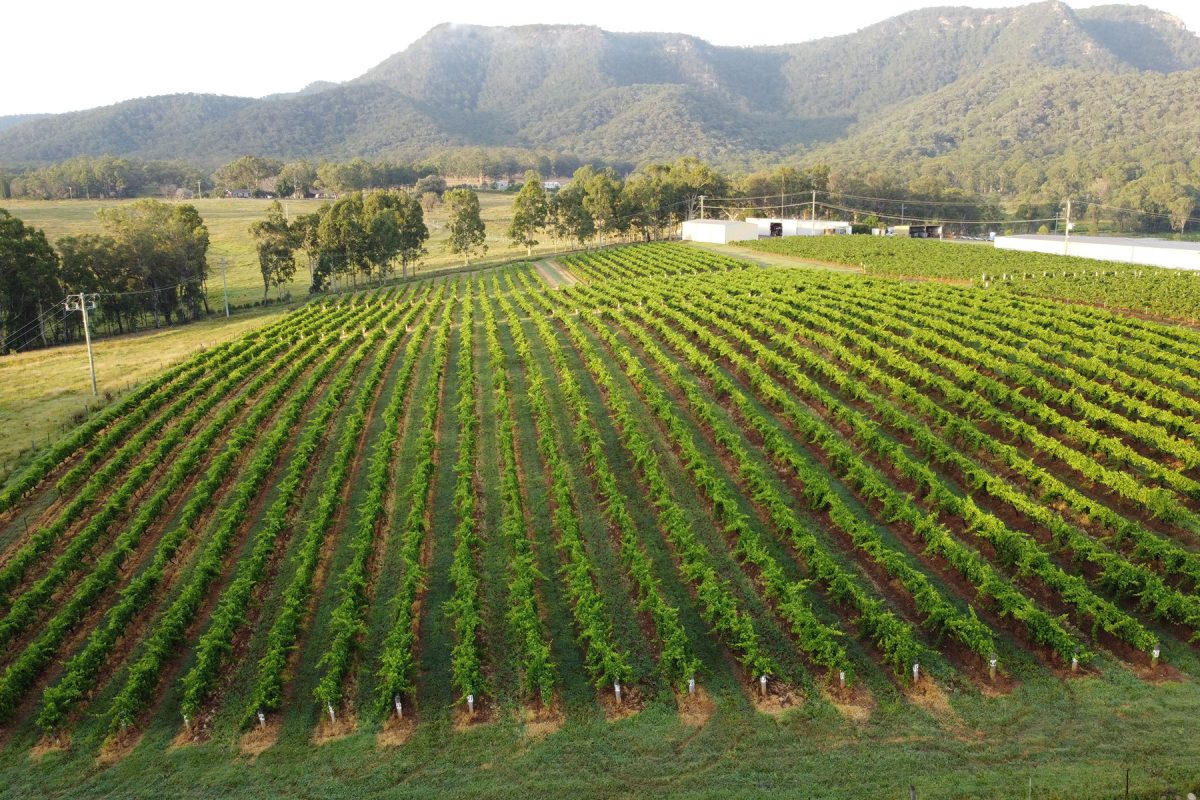As of November, the Tyrrell’s Hunter Valley winery and all Tyrrell’s Hunter Valley vineyards are certified members of Sustainable Winegrowing Australia (SWA), allowing these wines to be sold with the SWA logo.
Tyrrell’s CEO Chris Tyrrell told The Shout that the whole business is proud of its sustainability achievements.
“We feel great about achieving SWA certification. We’ve been on this path for a long time. We were excited when the head industry bodies decided to add a nationally certified program, because then we could quantify our sustainability efforts and we’ve got something tangible we can take to market, whether it’s our customers or our trade customers.
“It’s good to have the certification over the line now and to be talking to our customers about it,” he said.
As a multi-generational business, sustainability has been important to Tyrrell’s for a long time.
“My family has been living and working on the same property for 160 years now, for five generations. Part of any sort of agriculture is you’re continually improving the land. With climate change speeding up and our customers now wanting more accountability from their suppliers, we think it’s important to be accredited on top of all those things that we’ve always done.
“Looking after the land, looking after the soil, looking after the vineyards, it’s now important to be able to back it up. We feel pretty strongly about the honesty side of it all, which is where certification comes in,” Tyrrell said.
Tyrrell’s first established an environmental committee in 2009, which monitors and manages the progress towards sustainable initiatives.
The sustainable initiatives at Tyrrell’s include a large solar farm providing power to the winery, an energy-efficient refrigeration system, and low-pesticide weed reduction methods. Since the establishment of the environmental committee in 2009, Tyrrell’s has seen a 46 per cent reduction in greenhouse gas emissions per litre of wine produced, and a 65 per cent reduction in total greenhouse gas emissions from fuel and electricity usage.
Tyrrell explained that having SWA membership will ensure that customers can trust in the sustainable claims made by the winery.
“We’ve been doing a lot of this stuff, but we’re also pretty conscious of greenwashing at the moment. How you communicate these things without having certifications can get a bit tricky,” he said.
The next step for Tyrrell’s is achieving carbon neutral status. Interestingly, the winery has opted to source all carbon offsets from the Tyrrell’s property, and is working with agricultural start up Agronomeye to determine ideal areas for reforestation.
“That might be a 10 year project. We could just pay for offsets now and have the stamp and say we’re carbon neutral, but to us, we’ve been here 160 years, what’s another 10 years if we do it in what we see as the right way? Then, all of our offsets will be produced here. We’re doing it all ourselves and that’s really important to us,” Tyrrell said.
As part of the Agronomyeye partnership, Tyrrell’s is building a digital twin of the winery, which will allow customers to see in-depth data about the sustainable initiatives in different areas of the winery.
“You can click on the office building and you have metrics around the energy and water usage, which I think is going get more important as we go on. When people buy a bottle of wine, they’re going say ‘What did vineyard did it come from? What did you spray?’ All that stuff is important, and having a digital platform you can present that in is pretty important to us,” Tyrrell said.
For Tyrrell, the increased customer awareness and interest around sustainability is a motivating factor, and he looks forward to the wine industry improving the way in which this can be communicated to the final customer.

